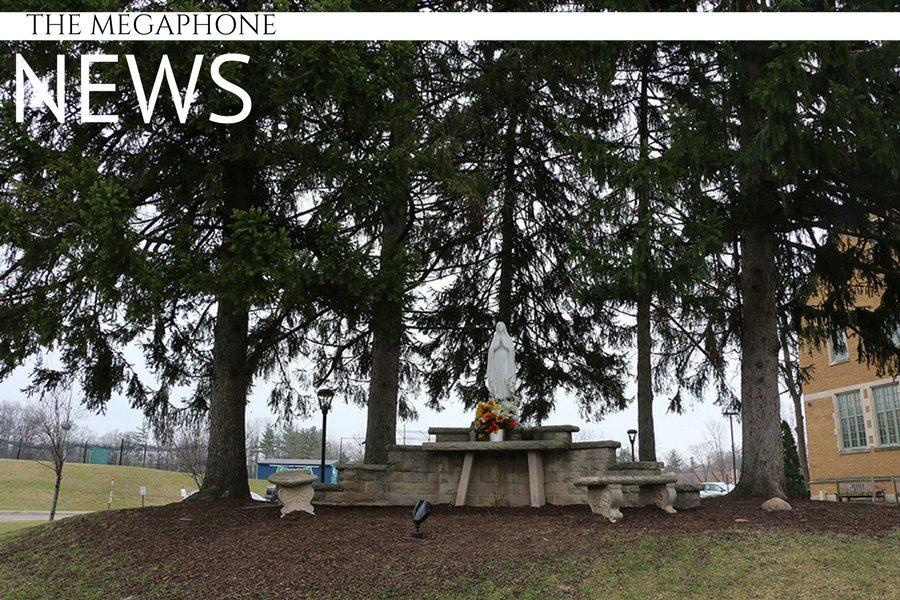Three Sectors class combines subjects, teachers, experiences into one environment
Three Sectors is unlike any other class the school offers.
Three Sectors is unlike any other class the school offers. The course rotates teachers and merges three subjects into one. Mr. Eric Glanders, social studies department chair, serves as one of the course’s three instructors.
Three classes in one
“It is a class that combines generally your government and (economics) classes, but we’re looking at it through the lens of three sectors. We’re looking at it through the public sector, which is government; private sector, which is basically business and economics; and the philanthropic sector,” he said.
The class groups together government and economics, as well as teaching a portion of philanthropy, teaching each as a separate class, then combining them with group lectures and projects.
The class is taught over both semesters but counts as a credit of both government and econ. The class is broken up into three separate groups, each being taught be each of the three teachers, with the classes coming together in the atrium every third day.
The class was created fairly recently with hopes to embody a more interactive classroom. Glanders said, “The class was created last fall by (social studies teacher Mr.) Lance Rhodes and (vice principal Mr.) Dennis Thomas.
“We saw an opportunity to give students a hands on experience (as) we have a lot of resources here at Cathedral. It’s a great opportunity to get students to learn in a different and new way that prepares them for college,” he said.
Grouping multiple subjects together shows how the different topics interact and relate to each other. Glanders said, “I think a lot of times we look at whether it’s our English class, our math class and our science class and we think that they don’t interact and they all exist in their own world. The more that we can show students that all of our disciplines interact, then it makes learning a lot more meaningful.”
Challenges in the classroom
With the class in its first semester, there have been challenges along the way. “(The Three Sectors class) being so new, I think students are still adjusting to it and they are being taught three different subjects. They might only see me once a week. They might only see Mr. Thomas or Mr. Rhodes once a week,” Glanders said.
For students taking the three sectors class, having a rotating schedule and rotating teachers for one class has been demanding.
“In many ways it’s three classes in one, to keep all that straight (in the students’) head has been I think a big challenge. This (class) is being taught at an honors level, and I think some of the students weren’t necessarily prepared for it to be at an honors level,” Glanders said.
Students who take the class will find that having multiple teachers in one class gives them various viewpoints. “You get three teachers that have very different perspectives,” Glanders said.
A better understanding
Students in the class have different amounts of knowledge before starting Three Sectors. “We have kids from varying backgrounds and varying abilities. It’s been great having kids from all different backgrounds, but at the same time it had been a challenge,” Glanders said about the students in the course, who earn both economics and government.
Glanders said he hopes that after students take the class they will have an improved idea of their own lives.
“At the very least (students) will have a better understanding of how the world works and who gets power and why. They’ll understand how the United States government works and how that interacts with business and how business impacts their daily lives,” he said.







